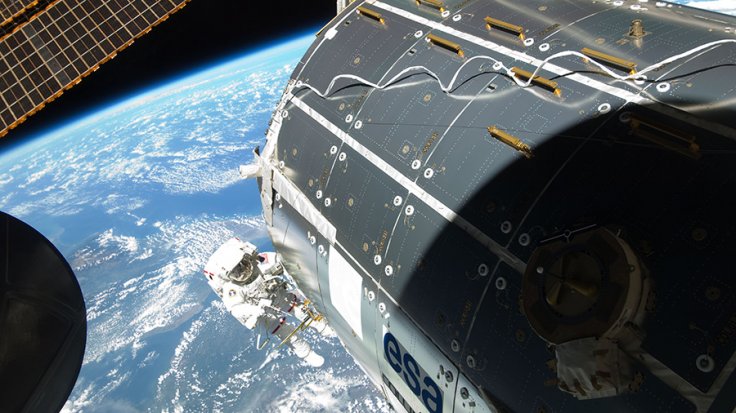
Yes, you heard that right. It's going to be a non-stop celebration for the ISS crew who will be experiencing New Year's Eve 16 times. Six astronauts boarding the International Space Station are all set to have an experience of a lifetime.
The US space agency in a blog post stated that since the astronauts orbit the Earth once in every 90 minutes, the crew will be experiencing 16 sunrise and sunsets from 402 kilometers above Earth.
Three astronauts which include two Russian cosmonauts and a Japanese astronaut will be joining the crew aboard ISS on the last weekend of 2017 after family conferences before they leave for New Year's celebration in space.
The astronauts are however not spending their time only preparing for a gala New Year's Eve but are researching life science studies so that they can help doctors keep astronauts who are living in outer space, healthier and stronger. The Japanese astronaut Norishige Kanai exercised rigorously on a bike for a study focussing on extreme physical effort and its consequences in space.
Before taking off, doctors thoroughly check the astronauts and measure their breathing and other parameters during exercise. The tests are conducted to see if the astronauts are physically fit and are capable of performing strenuous activities including spacewalks, emergency procedures when in outer space.
Scientists are therefore studying a plant's response to microgravity and are observing its molecular and genetic changes. This might help them to develop ways of surviving in outer space. The US space agency aims to send humans beyond low-Earth orbit and therefore is analyzing ways to help keep the crew self-sustainable.








